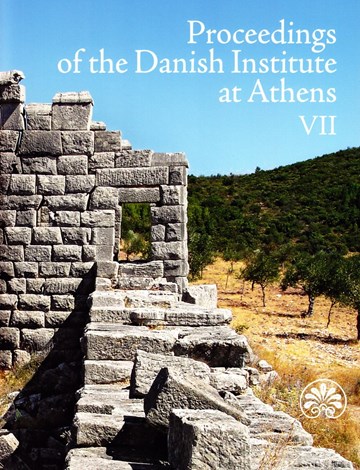Immortalised in Marble: Lord Byron portrayed by Bertel Thordvaldsen
Abstract
In 1817, the Danish sculptor Bertel Thorvaldsen executed by request a plaster bust of the young poet LordByron in his studio in Rome. It became one of the most celebrated portraits of Byron, and a number of plaster
and marble copies of the bust are to be found in museums and private collections in Europe and North
America today. Some years after the modelling of the bust, after Byron’s premature death in Greece, Thorvaldsen
accepted yet another commission: a full-size marble statue of the poet, meant to be erected in his
commemoration in Westminster Abbey, London. Thorvaldsen accepted, and work began promptly. Whilst
making his preparations for this full-size marble portrait of Byron, he executed two plaster models – the
bodies identical, but with different heads. The head of one of them, the one that would later be executed in
marble, was a replica of the 1817 bust; only minor changes were made before Thorvaldsen began carving the
marble statue in 1831. This article provides a closer look at four full-size statues of Byron in their current contexts:
two plaster models in Denmark, a plaster cast in Greece, and the final marble monument in England.
Downloads
Published
2014-08-09
How to Cite
Nystrøm Simonsen, K. (2014). Immortalised in Marble: Lord Byron portrayed by Bertel Thordvaldsen. Proceedings of the Danish Institute at Athens, 7(7), 159–172. Retrieved from https://tidsskrift.dk/pdia/article/view/24137
Issue
Section
Articles
License
The authors and Proceedings of the Danish Institute at Athens own the copyright to the published articles and reviews.





